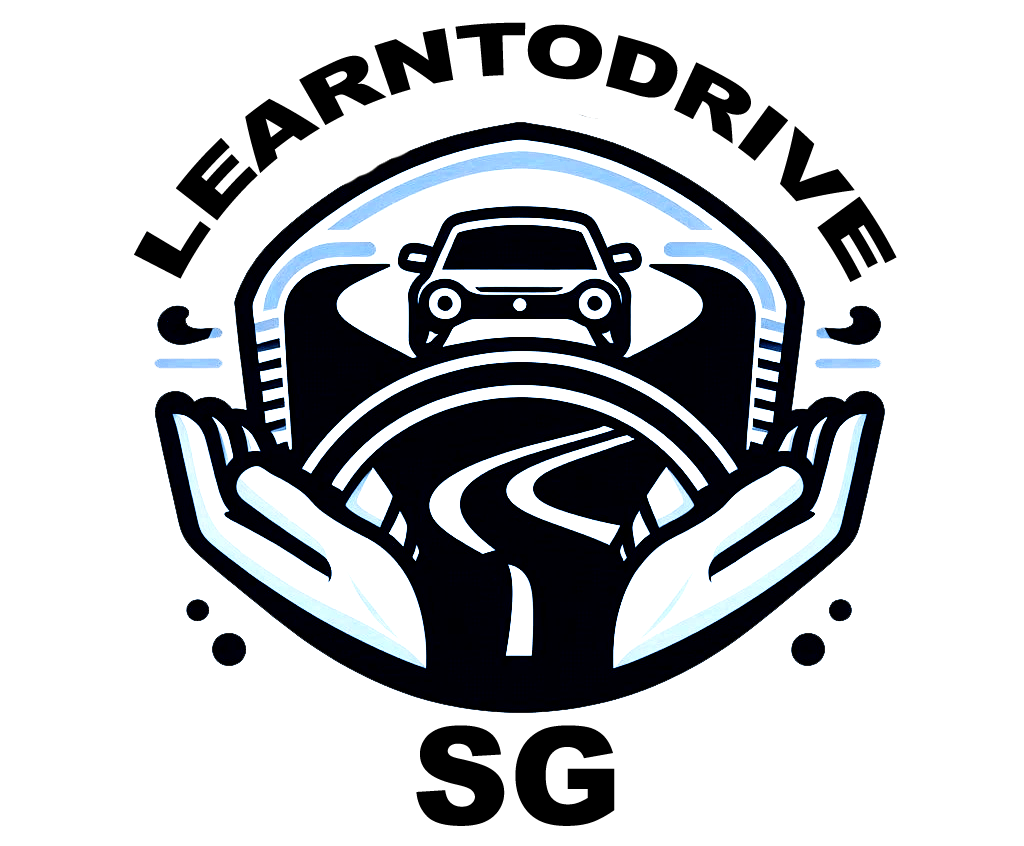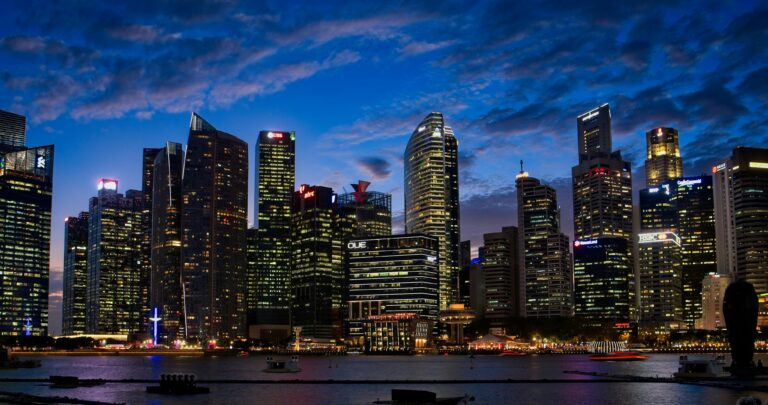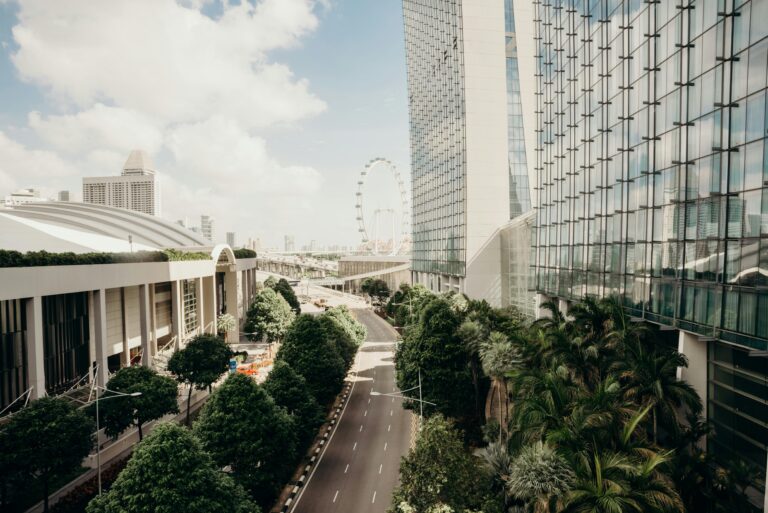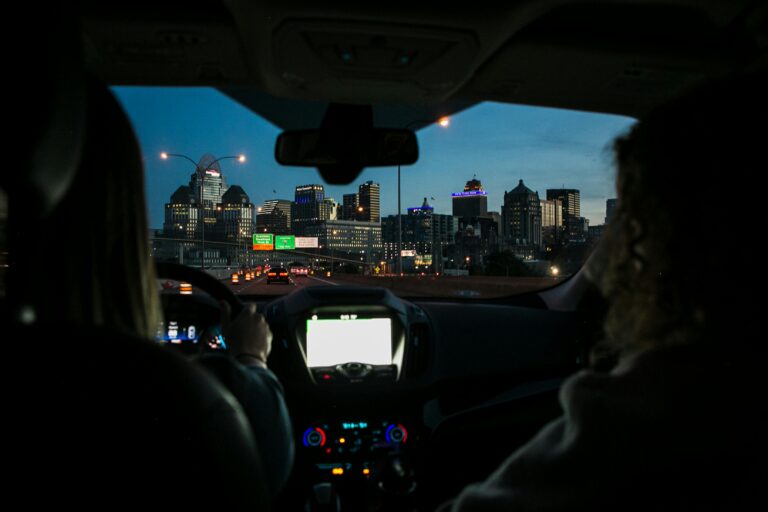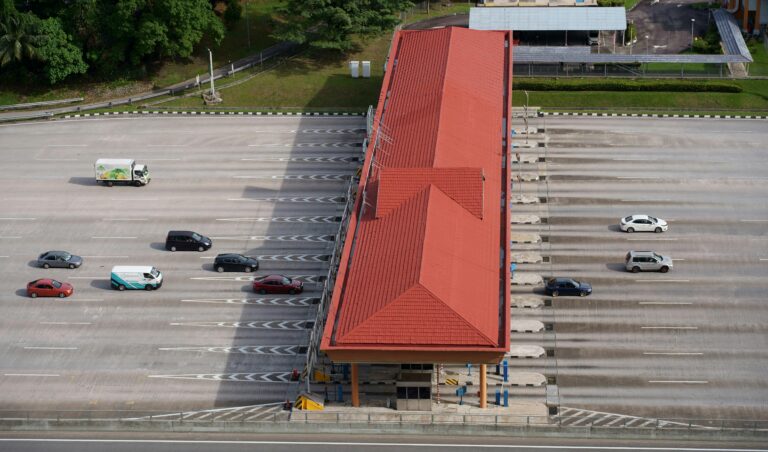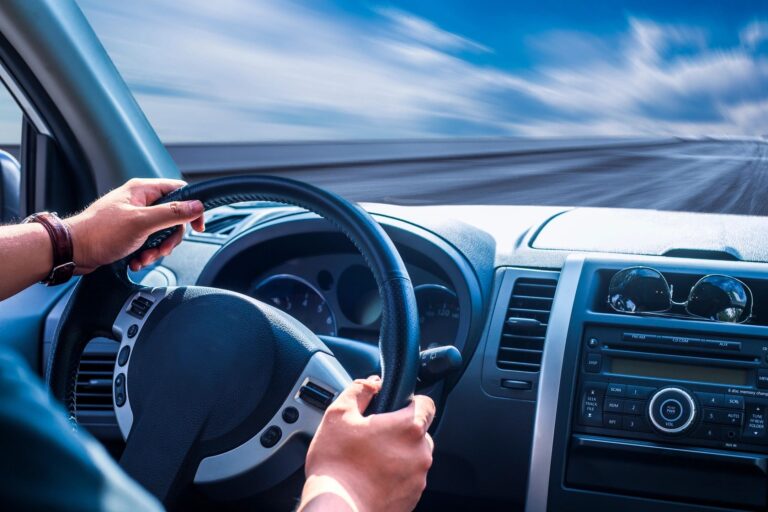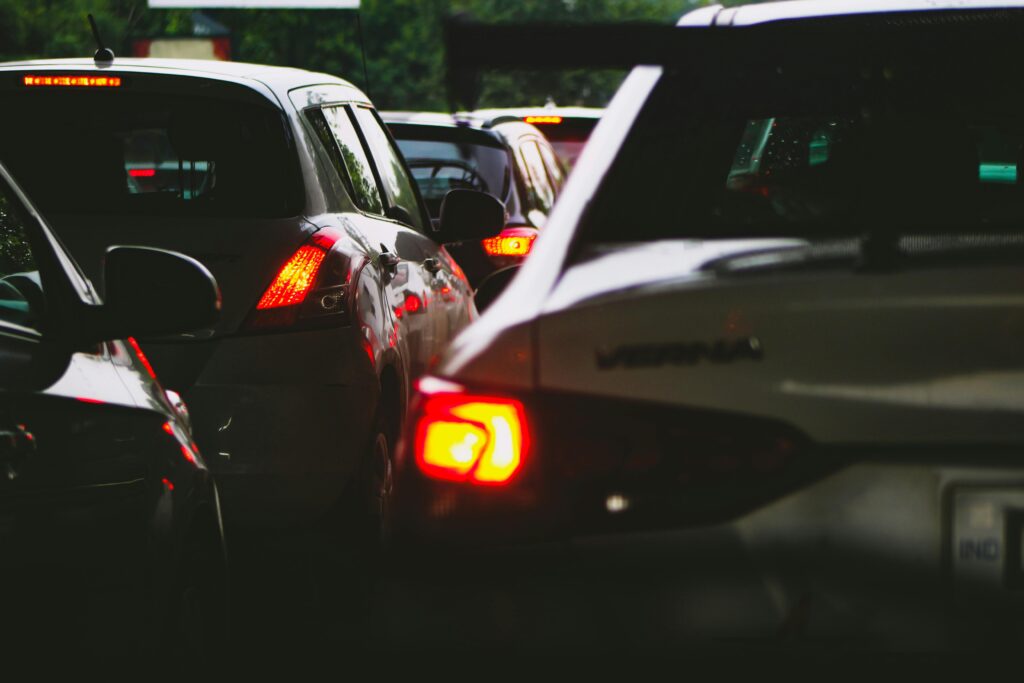
Singapore, a vibrant city-state known for its efficiency and modernity, boasts a road network that is both intricate and meticulously planned. Navigating its bustling traffic requires not only understanding the rules and regulations but also appreciating the unique blend of technology and urban planning that keeps the Lion City moving.
Read more road tips here: https://learntodrivesg.com/
Infrastructure and Layout in Singapore
Singapore’s road infrastructure is designed to cater to its dense urban population while ensuring smooth flow and safety. The road network spans the main island and connects various districts, residential areas, business hubs, and recreational zones. Key features include:
- Expressways: These are the backbone of Singapore’s road system, facilitating rapid movement across the island. Examples include the Central Expressway (CTE), Ayer Rajah Expressway (AYE), and East Coast Parkway (ECP).
- Major Roads and Arterials: Connecting neighborhoods and districts, major roads like Orchard Road, Bukit Timah Road, and Serangoon Road play crucial roles in local traffic flow.
- Park Connectors and Cycling Paths: Singapore encourages sustainable transport with park connectors and dedicated cycling paths that weave through green spaces, enhancing accessibility and promoting eco-friendly commuting options.
Traffic Management and Control in Singapore
Efficient traffic management is a hallmark of Singapore’s transport system. The Land Transport Authority (LTA) employs advanced technologies to monitor and regulate traffic flow:
- Electronic Road Pricing (ERP): Used to manage congestion and control vehicle volume during peak hours, ERP charges vary based on the road and time of day.
- Intelligent Transport Systems (ITS): ITS integrates real-time data from sensors, CCTV cameras, and GPS systems to monitor traffic conditions. This information is crucial for adjusting traffic light timings and managing incidents promptly.
- Traffic Police: Vigilant enforcement ensures compliance with traffic laws, maintaining order and safety on the roads.
Rules of the Road
Navigating Singaporean roads requires adherence to strict regulations aimed at ensuring safety and efficiency:
- Speed Limits: Clearly marked and strictly enforced, speed limits vary across different types of roads, with fines imposed for violations.
- Lane Discipline: Multi-lane roads require disciplined lane usage, with heavy fines for illegal lane changes and lane hogging.
- Pedestrian Safety: Zebra crossings and pedestrian lights are rigorously observed, and hefty penalties deter drivers from failing to give way to pedestrians.
Challenges and Solutions
Despite Singapore’s effective traffic management, challenges such as congestion during peak hours persist. Solutions include:
- Public Transport: Encouraging the use of buses and MRT (Mass Rapid Transit) reduces private vehicle numbers during peak times.
- Car-Sharing and Ride-Hailing: Initiatives promoting carpooling and ride-hailing services contribute to reducing individual vehicle ownership and congestion.
- Future Developments: Continuous infrastructure upgrades and expansions, including new MRT lines and road enhancements, are planned to support growing population needs.
Traffic in Singapore
In Singapore, traffic congestion tends to be most pronounced in several key areas and during specific times of the day. Understanding where and when traffic is heaviest can help residents and visitors better plan their travel routes and schedules. Here are some of the areas and times when traffic congestion is particularly notable in Singapore:
Areas with High Traffic Congestion
- Central Business District (CBD):
- Reason: The CBD is the heart of Singapore’s commercial and financial activities, hosting numerous offices, businesses, and government buildings. During peak hours, traffic heading into and out of the CBD can be extremely congested, especially along major roads like Shenton Way, Robinson Road, and Marina Boulevard.
- Orchard Road:
- Reason: As Singapore’s premier shopping and entertainment district, Orchard Road attracts a high volume of both local and international visitors. Traffic congestion here is particularly noticeable on weekends and during major shopping seasons or events.
- Expressways (e.g., CTE, PIE, AYE):
- Reason: These expressways serve as major arteries connecting different parts of Singapore. During peak hours, especially during morning and evening rush periods, these expressways can experience heavy congestion as commuters travel to and from residential areas, business hubs, and the CBD.
- Major Intersections and Junctions:
- Reason: Junctions such as the ones along major roads like Bukit Timah Road, Serangoon Road, and Upper Thomson Road can experience congestion, especially during peak hours and when traffic volumes are high.
Times of Highest Traffic Congestion in Singapore
- Morning Rush Hour:
- Typically from around 7:30 AM to 9:00 AM, when commuters are heading towards work, schools, and other early morning appointments. Traffic heading towards the CBD and major business hubs is particularly heavy during this time.
- Evening Rush Hour:
- Generally from 5:30 PM to 7:30 PM, when commuters are returning home after work. Traffic heading out of the CBD and towards residential areas and suburbs tends to peak during these hours.
- Weekend and Holiday Peaks:
- On weekends, especially Saturdays, traffic around popular shopping areas like Orchard Road can be congested due to increased leisure and retail activities. Public holidays and festive seasons also see heightened traffic volumes, particularly around major attractions and shopping districts.
Contributing Factors
- Population Density: Singapore’s compact size and high population density contribute significantly to traffic congestion, especially during peak travel times.
- Vehicle Ownership: Despite efficient public transport options, a significant number of residents still rely on private vehicles, adding to road congestion.
- Road Construction and Maintenance: Periodic roadworks and construction projects can temporarily worsen congestion, although efforts are made to schedule these activities during off-peak hours as much as possible.
Managing Traffic Congestion in Singapore
Singapore employs various measures to manage and alleviate traffic congestion, including:
- Electronic Road Pricing (ERP): Used to regulate traffic flow by adjusting toll rates based on demand, particularly during peak hours on expressways and major roads.
- Public Transport Enhancement: Continual improvements to the MRT (Mass Rapid Transit) and bus networks, including expanding routes and increasing frequency, aim to encourage more people to use public transport.
- Smart Traffic Management: Leveraging technology such as Intelligent Transport Systems (ITS) to monitor traffic conditions, adjust signal timings, and provide real-time traffic updates to motorists.
Conclusion
Singapore’s approach to road traffic exemplifies a balance between efficiency, safety, and environmental sustainability. By leveraging advanced technologies and stringent regulations, the city-state maintains a well-oiled transport system that serves as a model for urban centers worldwide. Navigating Singapore’s roads requires awareness of rules, respect for fellow road users, and appreciation for the careful planning that underpins its smooth operation. Whether you’re a resident or a visitor, understanding and adhering to these principles ensures a pleasant and safe journey through this dynamic metropolis.
